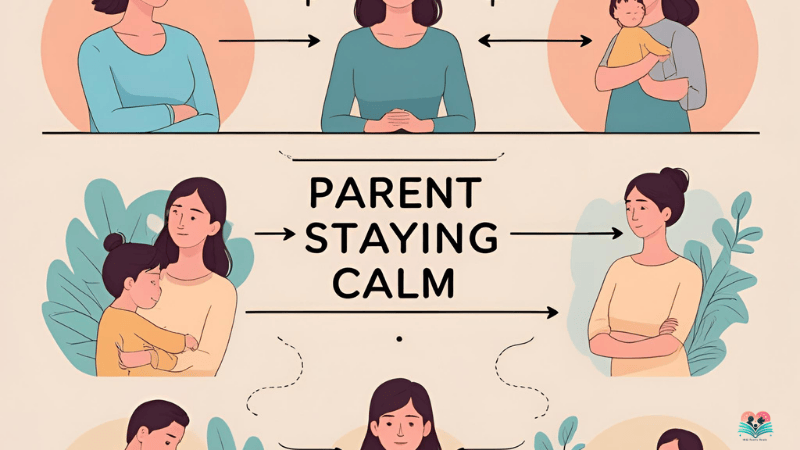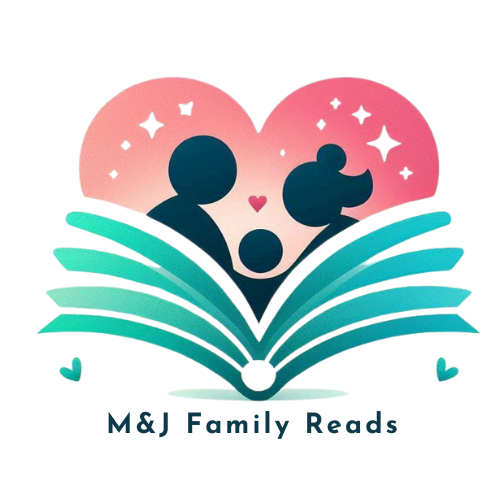Toddler tantrums can leave even the most patient parent feeling overwhelmed. But gentle parenting toddler tantrums doesn’t mean giving in, it means tuning in. This approach helps you respond with empathy, connection, and calm authority. By understanding why your child is melting down and offering respectful parenting tantrum responses, you build emotional intelligence in your child and strengthen your bond. This blog breaks down why tantrums happen, what to do in the heat of the moment, and how to respond in ways that actually work without punishment or power struggles.

It was the third tantrum before 9 a.m. You were already exhausted. Shoes were thrown, cereal was dumped, and your child screamed as if the world was ending because you gave them the blue cup instead of the green one.
Sound familiar?
If toddler meltdowns leave you feeling like you’re failing, you’re not alone. The truth is, most toddlers don’t have a behaviour problem—they have a brain development problem. And that’s where gentle parenting toddler tantrums change everything.
The toddler brain is still under construction. Their prefrontal cortex, the part that controls logic, impulse, and reasoning, isn’t developed yet. So when something feels overwhelming, even small frustrations feel like a threat to their world.
That’s why they throw themselves on the floor, scream, and kick.
Not because they want to embarrass you.
Not because they’re manipulative.
But because they physically can’t regulate their emotions, yet.
Understanding the root of a tantrum helps you respond better. Look out for these common causes:
Gentle parenting toddler tantrums means addressing these triggers before the storm hits or knowing how to ride it out with calm, loving leadership..
Gentle parenting is often misunderstood. It’s not about excusing behavior, it’s about guiding it with intention. It means:
A respectful parenting tantrum response helps your child feel safe during big emotions, not ashamed or scared.
And over time? That builds emotional resilience.
When we yell, isolate, or punish during a tantrum, we might stop the behaviour for the moment, but we don’t teach anything useful.
Here’s what happens instead:
If your current methods rely on time-outs or bribes, it’s not your fault. That’s what most of us were taught. But there’s a better way: toddler tantrum help without punishment.
Your child’s nervous system is wired to yours. If you escalate, so do they.
Instead:
Your calm is their cue to feel safe.
Validation doesn’t mean approval. It means acknowledgment.
Say things like:
This is conscious parenting for toddler behavior, helping them name and tame their big feelings.
Being gentle doesn’t mean having no rules. It means enforcing them with empathy.
Say:
Firm. Calm. Kind.
That’s the magic combination.
To dive deeper into how toddlers process emotions, check out this guide from Zero to Three on helping young children cope with their emotions.
Holding space means staying present during your child’s emotional storm, without fixing or forcing.
You:
It’s not passive. It’s powerful regulation.
Instead of making tantrums worse with punishment, you become your child’s safe anchor. That’s toddler tantrum help without punishment in action.
Every meltdown says:
“I’m overwhelmed. I need help. I’m not sure how to hold this feeling right now.”
Gentle parenting toddler tantrums isn’t about controlling your child, it’s about teaching them what to do with big emotions by showing them.
With gentle responses, you help your toddler develop:
It’s an investment in their lifelong ability to:
What do you want your child to remember?
Gentle parenting gives them a memory of safety during struggle.
It’s not easy. But it’s worth it.
If you’ve yelled, punished, or walked away in frustration, you’re not a failure. You’re human.
Here’s the truth:
Gentle parenting is a journey. You can start anytime.
Use this after a tough tantrum:
These words model emotional accountability. They help your child understand that mistakes are part of learning and growth.
These responses take practice, but they create peace.
For a research-backed explanation of tantrum behavior and brain development, read this article from Harvard Health on 4 tips for raising well-behaved children.
You are your child’s safe place.
Every tantrum is a test and an opportunity.
When you lead with gentleness, you’re not giving up control. You’re choosing a more effective way to guide your child through chaos.
This is the heart of gentle parenting toddler tantrums, staying connected, calm, and kind even when things get loud.
To calm a toddler during a tantrum, focus on regulating yourself first. Your calm energy creates a safe space for their body and mind to relax. Here’s what you can do:
This gentle parenting approach isn’t about stopping the tantrum instantly, it’s about teaching emotional safety and co-regulation through your consistent, calm response.
Discipline in gentle parenting means teaching, not punishing. The goal is to guide behaviour through connection and respectful boundaries. Here’s how:
This form of toddler tantrum helps without punishment builds emotional intelligence, trust, and cooperation, without fear-based discipline.
The Three C’s of Gentle Parenting are:
These three Cs form the foundation of a respectful parenting tantrum response, one that nurtures long-term growth, not just short-term obedience.
If you’re ready for real-life tools, scripts, and strategies that actually work, check out The Tantrum Tamer: Best eBook to Stop Toddler Tantrums.
It’s packed with everything you need to:
💛 Buy and download your copy now at MJ Family Reads
Because you don’t need to yell louder, you just need a new roadmap. And it starts here.
